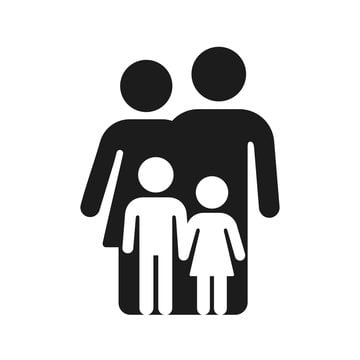Communicating effectively in diverse work environments can be both challenging and rewarding. In today's globalized world, workplaces are becoming increasingly diverse, with people from different backgrounds, cultures, and experiences coming together to achieve common goals. Navigating these differences requires strong communication skills and a willingness to understand and adapt to others. So, let's dive into some tips on how to effectively navigate diversity and communicate effectively in diverse work environments! 😊
-
Embrace cultural differences: In a diverse work environment, it's essential to recognize and appreciate the unique cultural backgrounds of your colleagues. Celebrate festivals, customs, and traditions together, and learn from each other's perspectives. This creates a sense of inclusivity and fosters a positive work environment. 🎉
-
Be open-minded and respectful: Everyone has different ideas, opinions, and ways of doing things. Be open to listening and understanding different viewpoints without judgment. Respect others' opinions, even if they differ from your own, as this will encourage open and productive discussions. 😌
-
Practice active listening: Pay full attention to what others are saying and avoid interrupting. Show that you are actively engaged by nodding, maintaining eye contact, and asking relevant follow-up questions. Active listening demonstrates respect and helps build stronger connections. 👂
-
Use clear and concise language: When communicating in a diverse work environment, it's crucial to use language that is simple, clear, and to the point. Avoid using jargon, acronyms, or complex terms that may be unfamiliar to others. This ensures everyone understands your message effectively. 💬
-
Be mindful of non-verbal communication: Non-verbal cues such as facial expressions, gestures, and body language play a significant role in communication. Be aware of cultural differences in non-verbal communication and adapt accordingly. For example, in some cultures, direct eye contact may be seen as disrespectful, while in others, it is a sign of attentiveness. 🙌
-
Seek feedback: Regularly ask for feedback from your colleagues to ensure your communication style is effective. Feedback allows you to understand how others perceive your communication and identify areas for improvement. This shows your commitment to continuous growth. 📝
-
Use inclusive language: Be mindful of your language choices and avoid any form of discriminatory or offensive language. Use gender-neutral terms whenever possible and be considerate of cultural sensitivities. Inclusive language creates a welcoming and inclusive environment for everyone. 💪
-
Build strong relationships: Developing strong relationships with your colleagues is vital in a diverse work environment. Take the time to socialize and get to know them on a personal level. This helps to build trust and understanding, making communication more effective and enjoyable. 🤝
-
Adapt your communication style: People have different communication preferences and styles. Adapt your approach to match the needs of your colleagues. Some may prefer direct and assertive communication, while others may value a more indirect and harmonious approach. Flexibility in communication fosters better collaboration. 🔄
-
Use visual aids: Visual aids such as charts, graphs, or diagrams can be helpful in conveying complex information across language and cultural barriers. Visuals provide a common understanding and make information more accessible to everyone. 📊
-
Be aware of time zones and language barriers: In today's globalized work environments, it's essential to consider time zones and language barriers when scheduling meetings or sending emails. Avoid inconveniencing others by being mindful of different time zones, and use simple and clear language in written communication. ⏰
-
Practice empathy: Put yourself in the shoes of your colleagues and try to understand their perspectives and experiences. By showing empathy, you create a safe space for open and honest communication, fostering better collaboration and understanding. 🤗
-
Avoid assumptions: Don't make assumptions based on cultural stereotypes or preconceived notions. Treat each individual as unique and approach each interaction with an open mind. This allows for more genuine and authentic connections. ✋
-
Use humor cautiously: Humor can be a great way to break the ice and build rapport, but it's important to use it cautiously in a diverse work environment. Be mindful of cultural differences and avoid jokes that may be offensive or misunderstood. A good rule of thumb is to stick to light-hearted and inclusive humor. 😄
-
Continuously learn and grow: The key to effectively navigating diversity in the workplace is to keep learning and growing. Stay informed about different cultures, communication styles, and best practices in diversity and inclusion. Attend workshops, read books, and engage in conversations to broaden your knowledge and skills. 🌍
By implementing these tips and techniques, you can enhance your communication skills in diverse work environments, creating a more inclusive, collaborative, and productive workplace. Remember, effective communication is the foundation for building strong relationships and achieving shared goals. So, embrace diversity, keep an open mind, and strive to communicate effectively with your colleagues from all walks of life. How do you navigate diversity in your workplace? Share your thoughts and experiences below! 👇




